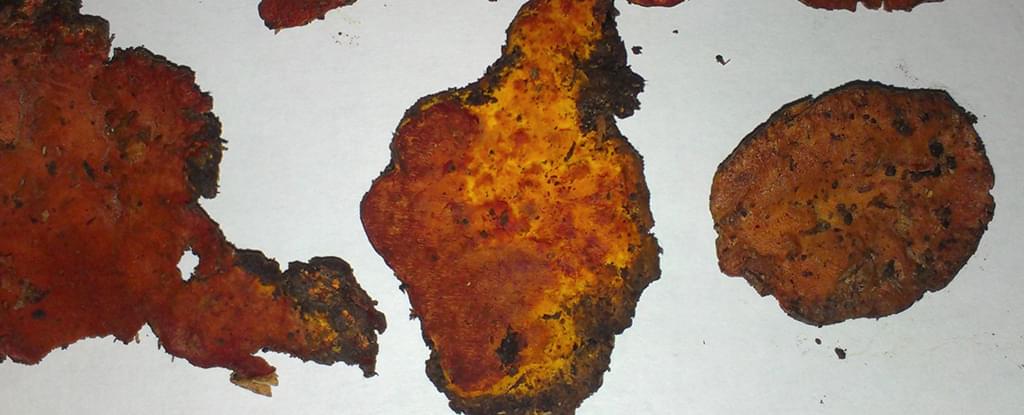In the current AI landscape, vector search is one of the hottest topics due to its applications in large language models (LLM) and generative AI. Semantic vector search enables a broad range of…



The Faiss library is an open source library, developed by Meta FAIR, for efficient vector search and clustering of dense vectors. Faiss pioneered vector search on GPUs, as well as the ability to seamlessly switch between GPUs and CPUs. It has made a lasting impact in both research and industry, being used as an integrated library in several databases (e.g., Milvus and OpenSearch), machine learning libraries, data processing libraries, and AI workflows. Faiss is also used heavily by researchers and data scientists as a standalone library, often paired with PyTorch.
Collaboration with NVIDIA
Three years ago, Meta and NVIDIA worked together to enhance the capabilities of vector search technology and to accelerate vector search on GPUs. Previously, in 2016, Meta had incorporated high performing vector search algorithms made for NVIDIA GPUs: GpuIndexFlat ; GpuIndexIVFFlat ; GpuIndexIVFPQ. After the partnership, NVIDIA rapidly contributed GpuIndexCagra, a state-of-the art graph-based index designed specifically for GPUs. In its latest release, Faiss 1.10.0 officially includes these algorithms from the NVIDIA cuVS library.

Deep within the rugged hills of Inner Mongolia, Chinese scientists have unearthed something that could reshape the global energy landscape. In the Bayan Obo mining region, researchers have identified an estimated one million tons of thorium —a rare-earth element that could revolutionize nuclear power.

Introduction Early detection of cardiovascular disease in primary care is a public health priority, for which the clinical and cost-effectiveness of an artificial intelligence-enabled stethoscope that detects left ventricular systolic dysfunction, atrial fibrillation and cardiac murmurs is unproven but potentially transformative.
Methods and analysis TRICORDER is a pragmatic, two-arm, multi-centre (decentralised), cluster-randomised controlled trial and implementation study. Up to 200 primary care practices in urban North West London and rural North Wales, UK, will be randomised to usual care or to have artificial intelligence-enabled stethoscopes available for use. Primary care clinicians will use the artificial intelligence-enabled stethoscopes at their own discretion, without patient-level inclusion or exclusion criteria.

The rare Antrodia cinnamomea fungus (also known as Taiwanofungus camphoratus) is only found in Taiwan, and is associated with one particular type of endangered tree. Long used for herbal medicines, the fungus has now been linked to cancer-fighting capabilities through a specific kind of sugar molecule.
Researchers from the National Taiwan University and National Yang Ming Chiao Tung University in Taiwan discovered the link by focusing on a group of compounds produced by the fungus called sulfate polysaccharides (SPS).
SPS is a kind of sugar molecule known as a sulfated galactoglucan, which combines compounds of glucose, galactose, and sulfate into one molecule.



GPT-5, our newest flagship model, represents a substantial leap forward in agentic task performance, coding, raw intelligence, and steerability.
While we trust it will perform excellently “out of the box” across a wide range of domains, in this guide we’ll cover prompting tips to maximize the quality of model outputs, derived from our experience training and applying the model to real-world tasks. We discuss concepts like improving agentic task performance, ensuring instruction adherence, making use of newly API features, and optimizing coding for frontend and software engineering tasks — with key insights into AI code editor Cursor’s prompt tuning work with GPT-5.
We’ve seen significant gains from applying these best practices and adopting our canonical tools whenever possible, and we hope that this guide, along with the prompt optimizer tool we’ve built, will serve as a launchpad for your use of GPT-5. But, as always, remember that prompting is not a one-size-fits-all exercise — we encourage you to run experiments and iterate on the foundation offered here to find the best solution for your problem.
Questions to inspire discussion.
🇦🇺 Q: How was Tesla’s FSD supervised launch received in Australia? A: Tesla’s FSD supervised launch in Australia received fair coverage from mainstream media, including a 4.5-minute segment on national news, without Tesla paying for advertising.
🚘 Q: What are the key features of Tesla’s FSD supervised system? A: Tesla’s FSD supervised system uses cameras and advanced software to autonomously accelerate, brake, and steer, but requires the driver to be responsible and ready to take control at any time.
FSD Safety Concerns.
⚠️ Q: What safety issues have been reported with Tesla’s FSD supervised system? A: Tesla’s FSD supervised system has been involved in multiple accidents overseas, but in most cases, the driver was distracted and tried to blame the car, highlighting the need for drivers to take full responsibility.
🇺🇸 Q: What legal challenges has Tesla faced with FSD in the US and Canada? A: Tesla’s FSD supervised system has been slapped with lawsuits in the US and Canada due to multiple crashes, with Tesla stating that in most cases, the driver was distracted and not using the system properly.